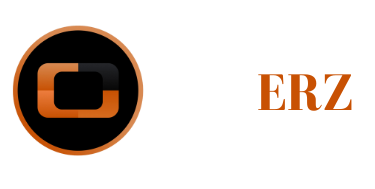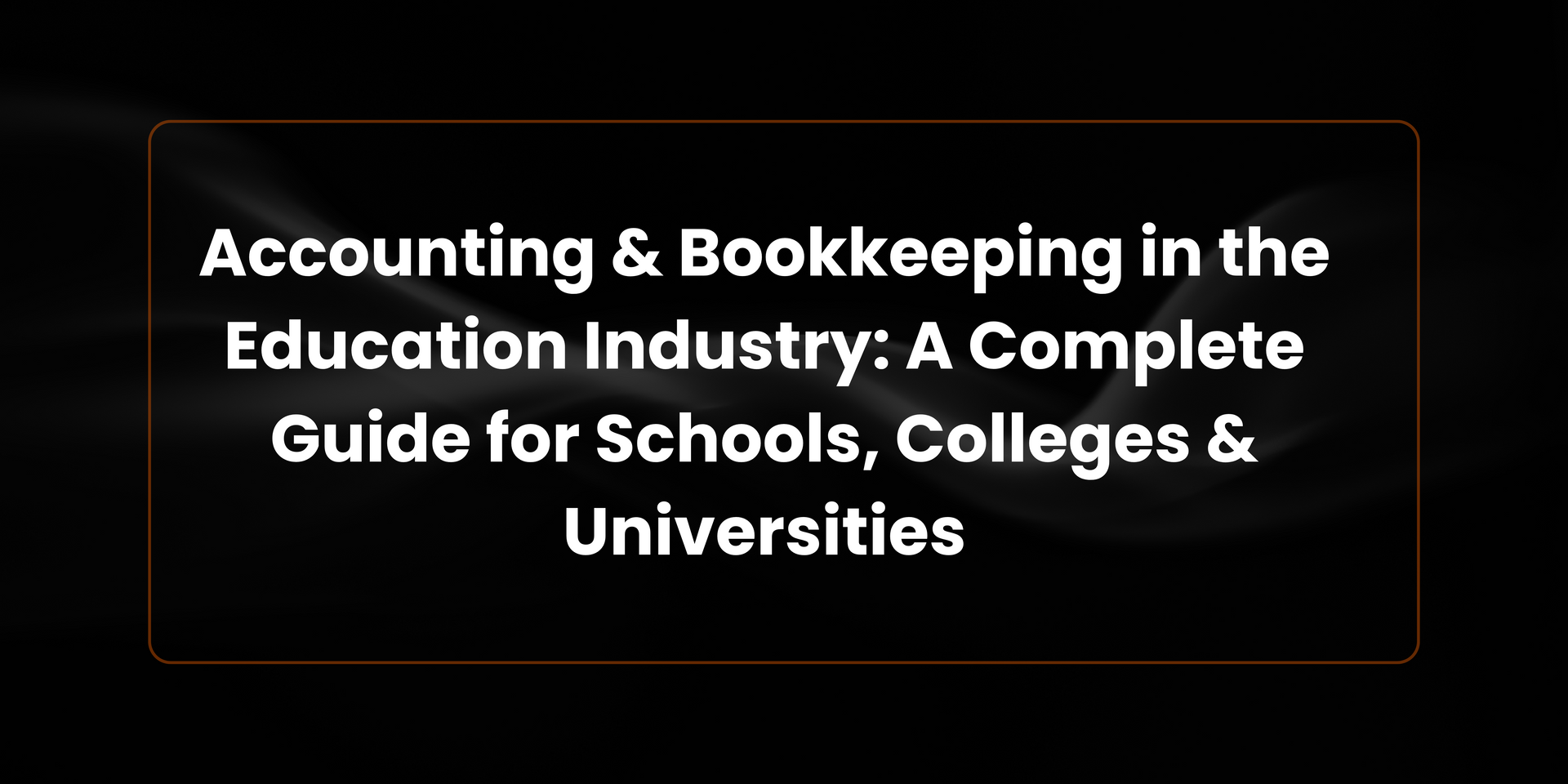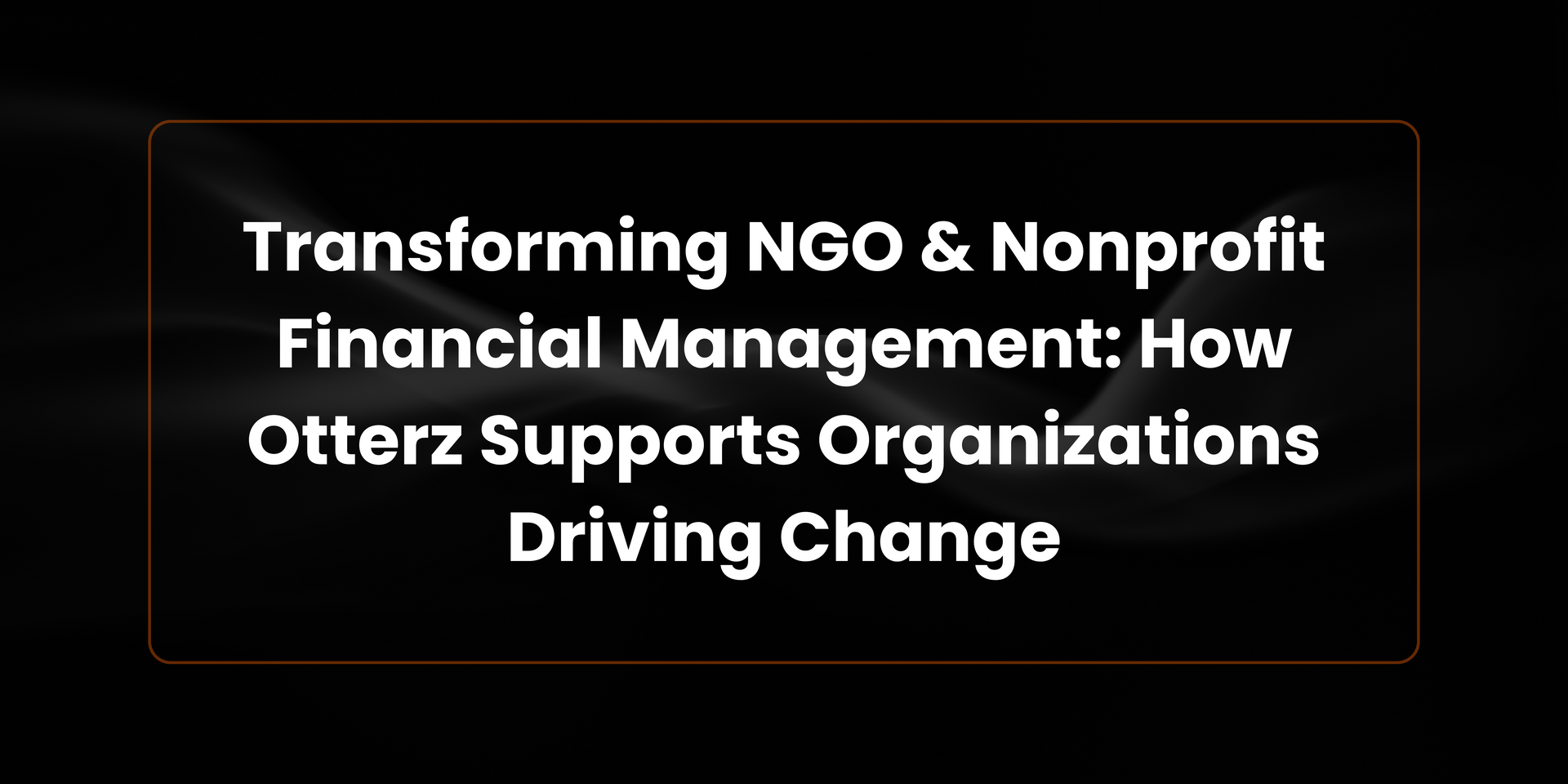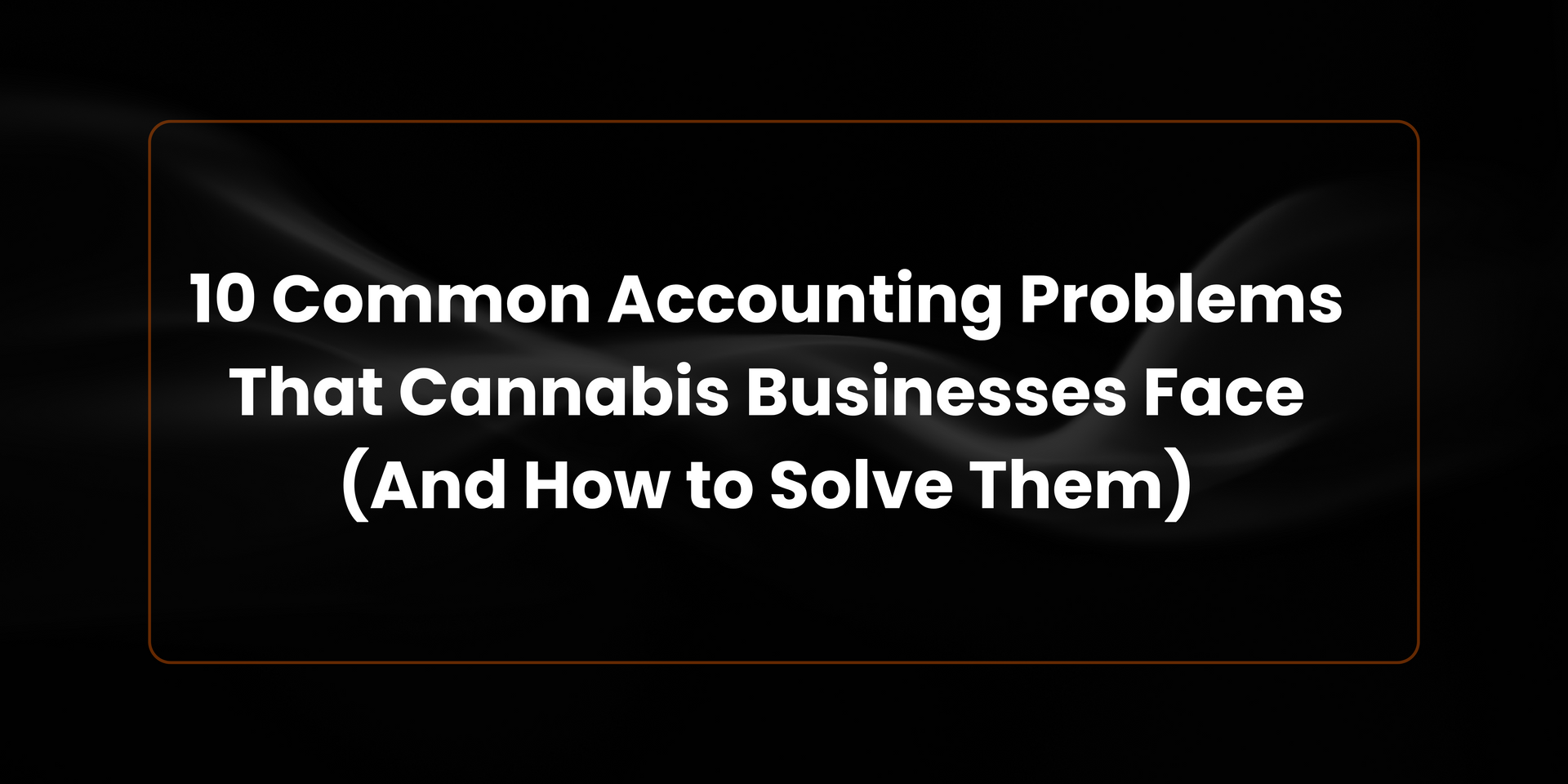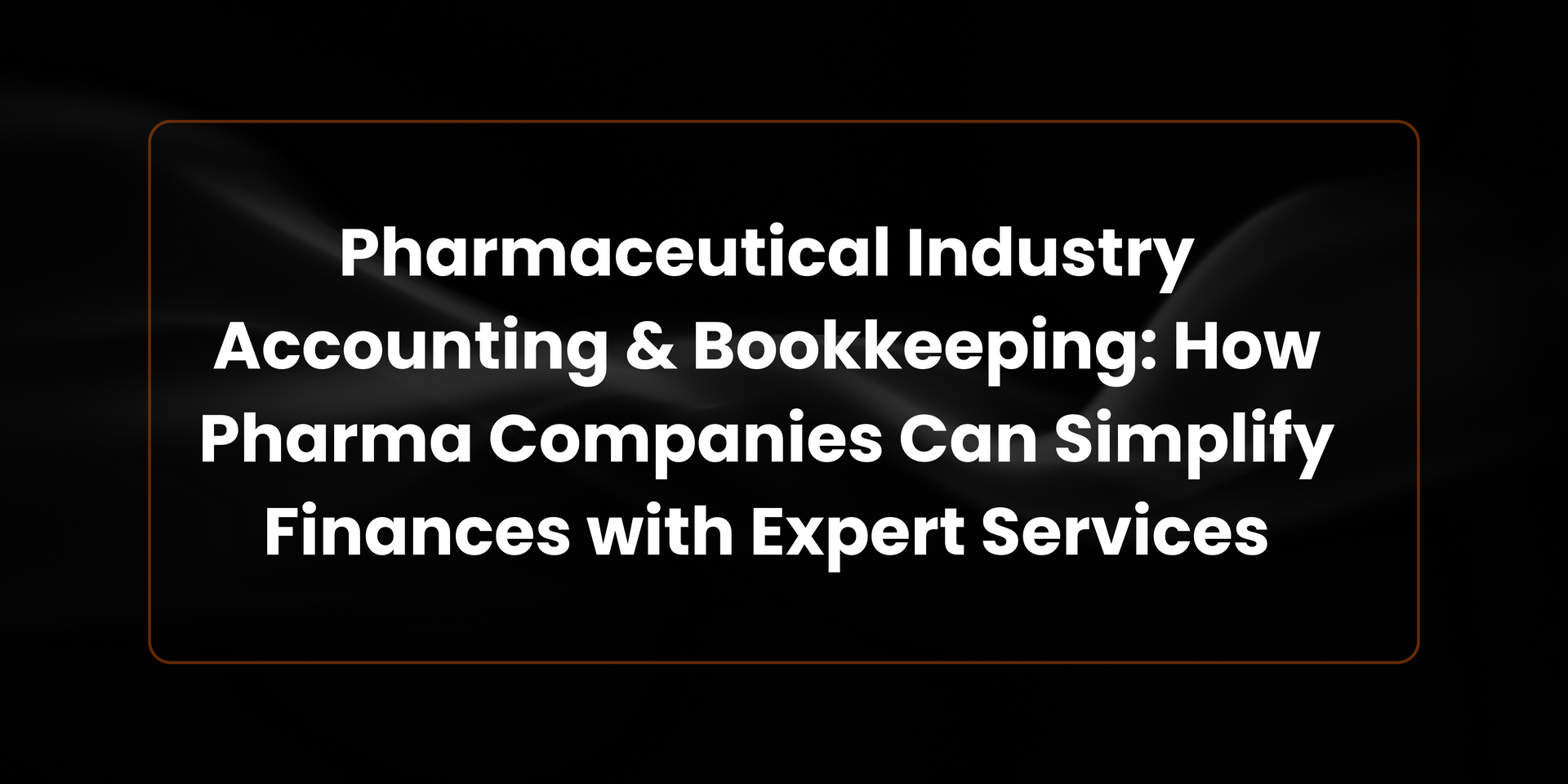New Retirement & 401(k) Tax Rules for Business Owners in 2025: What You Need to Know
Navigating the 2025 Retirement Plan Changes with
Confidence and Clarity

As a business owner, you wear a lot of hats. You manage operations, lead your team, and keep an eye on the bottom line. But one of the most powerful ways you can support your employees—and yourself—is through retirement planning.
Starting in 2025, several new retirement and 401(k) tax rules are coming into effect. These changes could reshape how you and your employees save for the future.
Here’s what you need to know—and why it matters:
1. Higher 401(k) Contribution Limits:-
Good news for savers: contribution limits for 401(k) plans are going up in 2025.
● The annual contribution limit will rise to $23,500 for employees under age 50.
● If you're 50 or older, you can still make a “catch-up” contribution of $7,500, bringing your total to $31,000.
● Employees between the ages of 60 and 63 will have an even larger catch-up option—up to $11,250 extra—allowing them to contribute as much as $34,750 in total.
For business owners, this creates an excellent opportunity to maximize retirement savings, especially if you're nearing retirement age yourself.
2. Required Roth Catch-Up for High Earners:-
This one’s important if you or your employees earn a high salary.
Starting in 2026, if you make over $145,000 in wages, any catch-up contributions you make will need to go into a Roth account (meaning you’ll pay taxes now, but the money grows tax-free).
It’s a good time to review your retirement plan and see if you offer a Roth option. If not, you may want to add it.
3. Automatic Enrollment Becomes Mandatory for New Plans:-
If you’re starting a new 401(k) or 403(b) plan after January 1, 2025, there’s a new rule to follow: automatic enrollment.
Here’s how it works:
● New employees will automatically be enrolled at a 3% contribution rate.
● This rate will increase by 1% each year until it hits at least 10%, but no more than 15%.
This rule doesn’t apply to all businesses—if you have fewer than 10 employees or you’ve been in business for less than 3 years, you’re exempt.
But if it does apply to you, it’s a great way to help employees start saving without having to take action themselves.
4. Expanded Eligibility for Part-Time Workers:-
In the past, part-time employees had to work for three consecutive years to qualify for a retirement plan. Starting in 2025, that changes to just two years.
If you have part-time employees working at least 500 hours per year, they’ll now become eligible to participate in your retirement plan sooner. This is an important shift for industries with many part-time workers, such as retail, hospitality, and healthcare.
5. Automatic Transfers of Small Accounts:-
Another change designed to make retirement plans easier to manage: employers can now automatically transfer small retirement accounts (those with less than $7,000) into an IRA when an employee leaves the company.
This helps employees keep track of their retirement savings and prevents small balances from getting “lost” over time.
6. Student Loan Matching:-
Student loan debt is a huge burden for many workers, and starting in 2024, employers can help.
Now, if your employees are paying off student loans, you can make matching contributions to their 401(k) plans—even if they aren’t contributing themselves.
This means your employees can focus on paying down debt without missing out on retirement savings. It’s a great benefit to attract younger talent.
7. Easier Hardship Withdrawals:-
Emergencies happen. A new rule allows employees to self-certify that they qualify for a hardship withdrawal, meaning they won’t need to jump through as many hoops to access their retirement funds in a crisis.
For employers, this simplifies the paperwork and makes it easier to administer the plan.
8. Changes to Required Minimum Distributions (RMDs):-
There are also updates to when employees must start withdrawing money from their retirement accounts.
● The age for Required Minimum Distributions (RMDs) has increased to 73, and it will rise to 75 in the coming years.
● Roth 401(k)s are now exempt from RMDs during the account holder’s lifetime.
● Penalties for missing an RMD have been reduced, making it less punishing if someone forgets.
9. IRA Limits & Phase‑Out Ranges
- IRA contribution cap remains at $7,000 ($8,000 if age 50+).
- Deductible/phase-out income thresholds increased:
- Traditional IRA: Single: $79K–89K; Married: $126K–146K.
- Roth IRA: Single: $150K–165K; Married: $236K–246K.
Saver’s Credit thresholds also rose: Married filing jointly: $79K (from $76.5K), etc.
Why These Changes Matter
If you’re a business owner, these updates aren’t just about compliance; they’re about opportunity.
By adjusting your retirement plan to meet these new rules, you can:
● Help employees save more effectively.
● Offer competitive benefits that attract and retain talent.
● Maximize your retirement contributions.
● Simplify plan management and reduce administrative headaches.
Retirement plans are often seen as complicated or confusing. But at their core, they’re about something simple—giving people the chance to retire with dignity, security, and peace of mind.
Book a free consultation today!
Found this valuable? Share it with your friends and colleagues!
